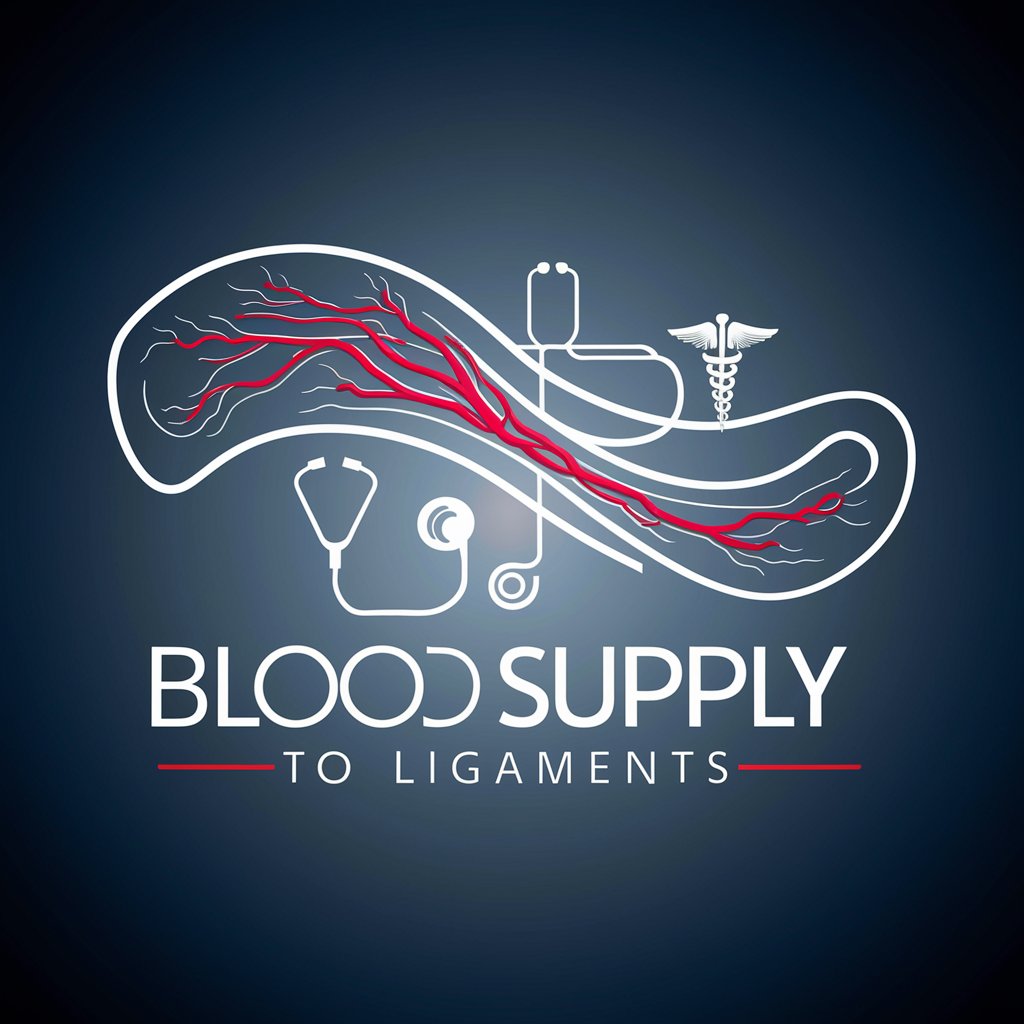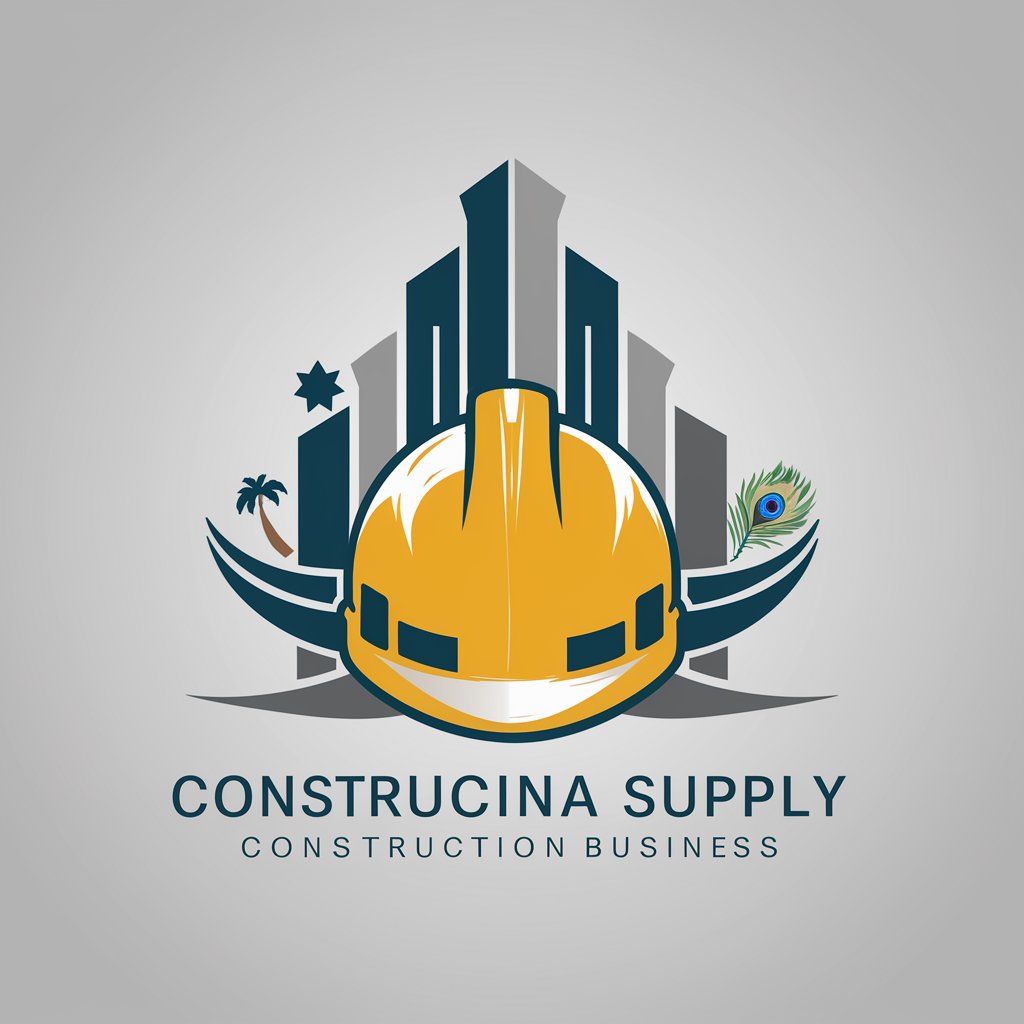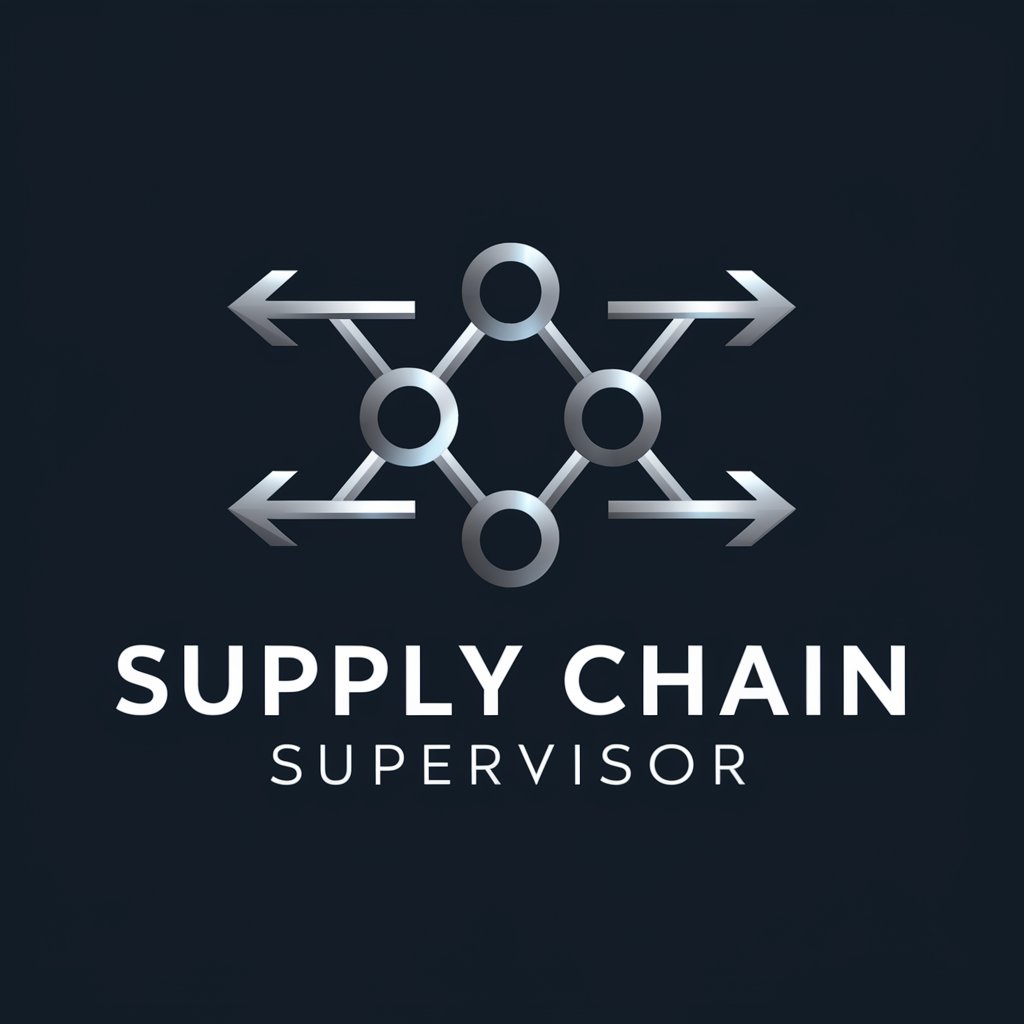Blood Supply to Ligaments - In-depth Ligament Knowledge

Hello! Let's explore the fascinating world of ligament blood supply and health.
Empowering Ligament Health through AI
How does physical activity impact the blood supply to ligaments?
Can you explain the vascularization of ligaments in simple terms?
What are the benefits of enhanced blood circulation to ligaments?
How do ligaments receive their blood supply, and why is it important?
Get Embed Code
Introduction to Blood Supply to Ligaments
Ligaments are key structural components in the body that connect bones to other bones, stabilizing joints and guiding their movement. Unlike muscles, ligaments are not designed to contract but rather to provide passive stability to joints, ensuring they move within their physiological ranges. The blood supply to ligaments plays a crucial role in their health, function, and repair. This supply is relatively limited compared to muscles, which reflects in the slower healing process of ligaments after injury. Blood vessels within the ligamentous structure deliver nutrients and oxygen, necessary for cellular activities and the removal of waste products. An example that illustrates the importance of blood supply can be seen in the healing of a torn anterior cruciate ligament (ACL) in the knee. Adequate blood supply is crucial for the healing process, and in areas with poor blood supply, healing can be significantly slower or may require surgical intervention to facilitate repair. Powered by ChatGPT-4o。

Main Functions of Blood Supply to Ligaments
Nutrition and Waste Removal
Example
Providing essential nutrients and oxygen for ligament cells while removing waste products.
Scenario
In the event of a minor ligament sprain, the blood supply to the area increases, delivering the necessary nutrients and oxygen to facilitate the healing process. This enhanced blood flow also helps in the removal of debris and waste products from the site of injury.
Healing and Repair
Example
Facilitating the healing process after injury by delivering necessary cells and substances.
Scenario
Following a ligament tear, such as an MCL tear in the knee, the blood vessels in and around the ligament deliver cells that contribute to the repair process, including fibroblasts that synthesize new collagen fibers to replace damaged ones.
Regulation of Inflammation
Example
Modulating the inflammatory response after injury to prevent excessive damage.
Scenario
After a ligament injury, the initial inflammatory response is beneficial for healing, but it needs to be regulated to prevent excessive inflammation that can lead to further damage. Blood supply plays a key role in bringing anti-inflammatory substances to the injury site.
Ideal Users of Blood Supply to Ligaments Services
Athletes and Physically Active Individuals
This group is at a higher risk of ligament injuries due to the demands of their activities. Understanding and optimizing the blood supply to their ligaments can enhance recovery times and improve the overall health of their joints.
Medical Professionals
Orthopedic surgeons, physical therapists, and sports medicine specialists benefit from understanding blood supply dynamics to ligaments. This knowledge helps in diagnosing, treating, and advising patients on recovery strategies after ligament injuries.
Individuals with Joint Disorders
People suffering from conditions that affect joint health, such as osteoarthritis or rheumatoid arthritis, may benefit from interventions that improve blood supply to ligaments, supporting joint stability and reducing the progression of joint damage.

How to Use Blood Supply to Ligaments Information
Start Your Journey
Begin by visiting a specialized online platform offering in-depth information and trials, such as yeschat.ai, to explore functionalities without the need for signing up or subscribing to a premium service.
Understand the Basics
Familiarize yourself with the fundamental concepts of ligament anatomy, including the types of ligaments and their roles in the human body, to better understand the importance of blood supply.
Identify Your Needs
Determine whether your interest in ligament blood supply is for academic purposes, healthcare practice, rehabilitation, or personal knowledge to tailor your research and learning.
Utilize Advanced Features
Engage with interactive tools or simulations if available, to visualize the blood supply routes to various ligaments, enhancing comprehension and retention.
Apply the Knowledge
Incorporate the insights gained into your studies, practice, or personal health regime, utilizing specific techniques or treatments that improve ligament health and recovery.
Try other advanced and practical GPTs
Supply Chain Strategist
Optimize Your Supply Chain with AI

Supply Strategist
Empowering Global Trade with AI

Supply Chainify Products
Revolutionize Logistics with AI Power

Supply Chain Supervisor
Optimizing Supply Chains with AI

Supply Chain Jobs
Navigate Your Supply Chain Career with AI

早安!給我雞湯文~
Enhance Mornings with AI-Powered Guidance

AI in Supply Chain Management GPT
Empowering Supply Chains with AI

The Supply Chain Analytics Scholar
AI-driven supply chain analytics insights

Supply Chain Analyst
Optimize your supply chain with AI

Supply Chain manager
AI-powered Supply Chain Efficiency

Finance Robot
Empowering Decisions with AI Analysis

Strength Robot
AI-driven, personalized fitness at your fingertips

Q&A on Blood Supply to Ligaments
What is the significance of blood supply to ligaments?
Blood supply is crucial for ligaments as it delivers the necessary nutrients and oxygen for healing and maintenance. A well-nourished ligament can more effectively repair itself and maintain its strength and elasticity.
How do ligaments receive blood?
Ligaments receive blood through small vessels that branch off from larger arteries. The blood supply varies among different ligaments, with some having a rich supply and others being relatively avascular.
Can the blood supply to a ligament improve over time?
Yes, with proper physical therapy and specific exercises, the blood flow to ligaments can improve, enhancing healing processes and potentially reducing the risk of future injuries.
How does an injury affect the blood supply to ligaments?
Injury can either increase blood flow temporarily as part of the inflammatory response or decrease it due to damage to the vessels. Chronic injuries or repeated trauma can lead to scar tissue, which may impair blood supply.
Are there any methods to measure the blood supply to ligaments?
Yes, methods such as MRI angiography, Doppler ultrasound, and contrast-enhanced ultrasound are used to assess blood flow and vascularization in ligaments, aiding in diagnosis and treatment planning.
